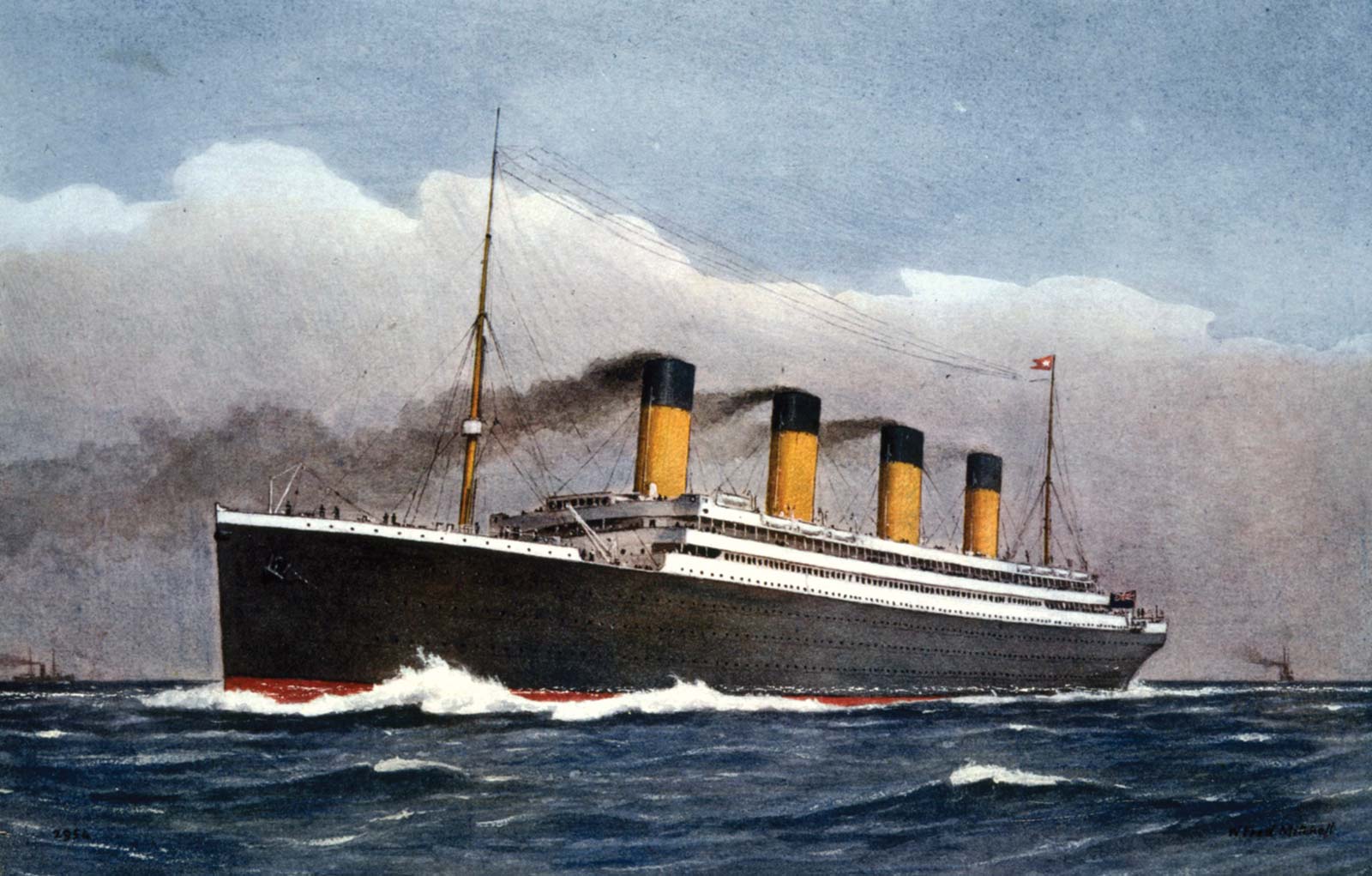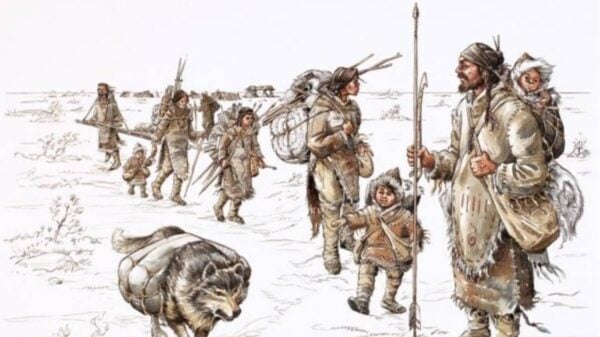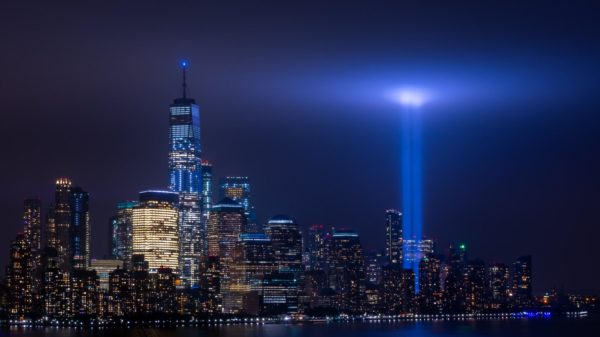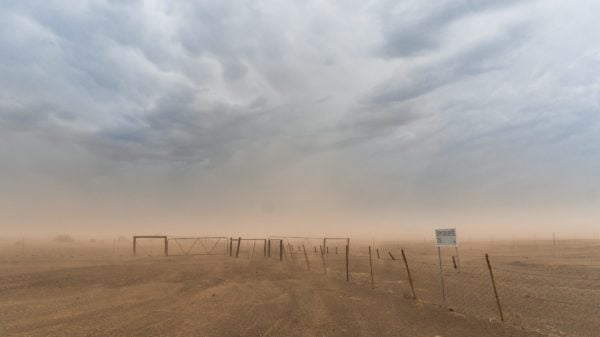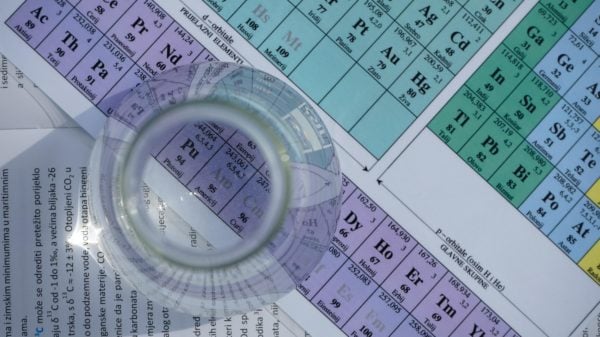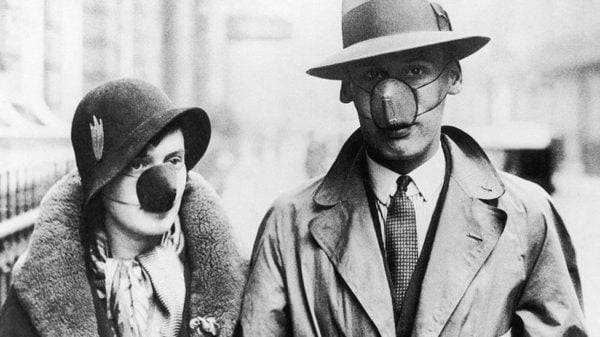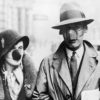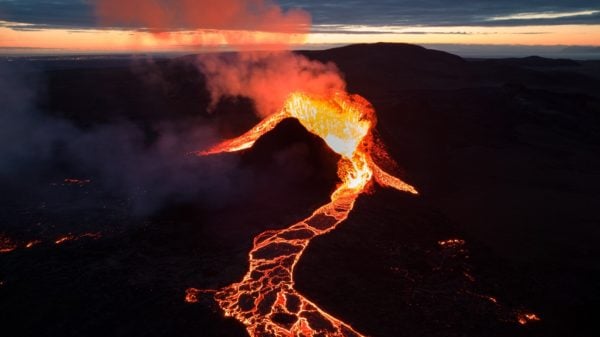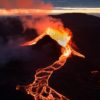The Vice President of the ‘White Star Line,’ and owner of the Titanic, Phillip Franklin, is quoting having said:
“There is no danger that Titanic will sink. The boat is unsinkable, and the passengers will suffer nothing but an inconvenience.”
But we know what happened to the unsinkable ship! Let’s discuss what transpired on the doomed voyage, one of the worst maritime disasters in history.
The Titanic was the largest and the most luxurious ship built at its conception. Harland and Wolff built the ship, and it sank on its first-ever voyage after striking an iceberg. Originally, the ship’s plan was to sail across the Atlantic Ocean from Southampton, England, to New York.
The Titanic
The Titanic was 882.5 feet long, 175 feet high, 92.5 feet in width, and the ultimate maritime luxury. Its passengers were some of the wealthiest people in the world at the time. Today, it’s common for cruise ships to have gyms, libraries, pools, and restaurants onboard, but in 1912, it was an engineering miracle.
With water-tight compartments and remotely operated electronic doors, there was widely circulated news about the Titanic. It isn’t hard to understand why people believed the Titanic to be unsinkable.
The Tragedy
Tragedy struck on the fateful day of April 14th, 1912. The Titanic hit an iceberg at 11:40 P.M, taking a blow to the right side of the ship, creating a massive hole. Ice water began to rush in and filled six of the sixteen watertight compartments.
Engineers built the ship with the intention to have it stay afloat even if four compartments filled with water. However, the Titanic sank in three hours at around 2:20 P.M. after breaking into two halves. It sank down over two miles until it hit the ocean floor.
The 705 surviving people returned to land on the available lifeboats. Fatally, the huge ship didn’t have enough lifeboats, ensuring that not all passengers would flee the sinking ship. In the ensuing disaster, around 1,517 people lost their lives in the freezing waters of the Atlantic. The bodies of the people who drowned were never recovered.
Causes of the Disaster
Experts who have studied the events that led up to the sinking of the ship cite a number of factors. Officials speculate that the ship was traveling fast in icy waters and that Captain Edward J. Smith didn’t pay attention to iceberg warnings. However, witnesses claim that the warnings did not reach the bridge from the radio room. The crew members tasked with keeping an eye out for obstacles in the water didn’t have binoculars and their eyesight was likely obscured.
Another important factor to consider was the use of low-quality materials in the construction of the ship. The wrought-iron rivets used to fasten the hull were of poor quality and simply popped off and opened the hull at the seams, causing the compartments to flood.
Impact of The Unsinkable Titanic
The sinking of the Titanic was the worst maritime disaster of its time. Within the century of its demise, the shipping industry developed a range of sophisticated innovations, safety measures, and features.
Recommendations for change in the maritime regulations led to the establishment of the International Convention for the Safety of Life at Sea in 1914. The International Ice Patrol now exists to monitor the presence of icebergs in the Atlantic Ocean.


